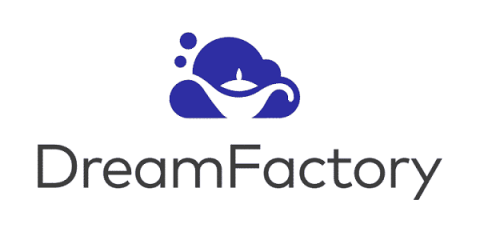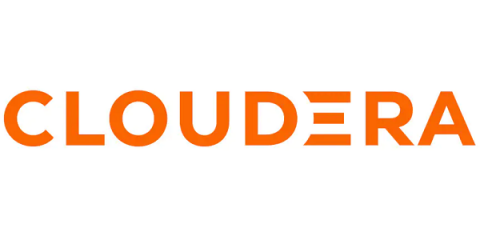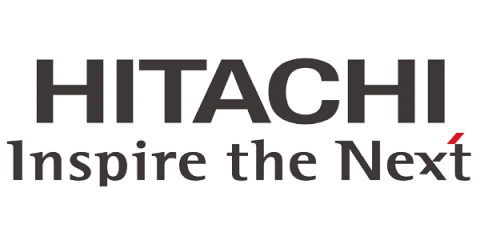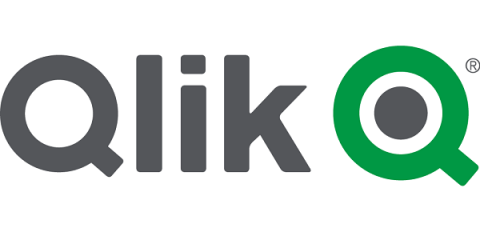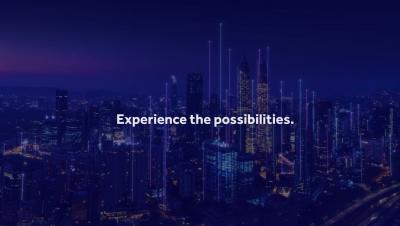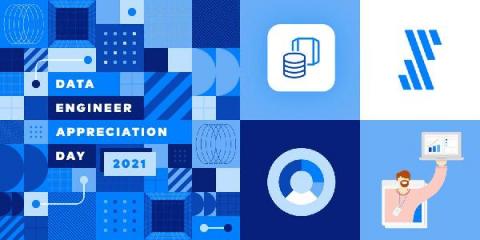Systems | Development | Analytics | API | Testing
%term
The Key to Unlocking IT Modernization's Power? Enterprise level Transformation
The United States Veterans Administration (VA) over the last decade underwent a massive enterprise-wide IT transformation, eliminating its fragmented shadow IT and adopting a centralized system capable of supporting the agency’s 400,000 employees and more effectively utilizing its $240 billion-plus annual budget. The result: A more reliable and modern IT environment that improves access, availability, and user experience -ultimately supporting the VA mission more effectively.
Hybrid Cloud: Unlocking App Modernization With Kubernetes
Last month, we were proud to launch our Hitachi Kubernetes Service, a true storage-as-a-service (SaaS) offering to improve the performance and management of multiple Kubernetes environments. By enabling users to manage their clusters simply and securely across any major cloud provider and on premises, Kubernetes can play an instrumental role in businesses’ modernization efforts. It’s for this reason that we are always working to get it on the radar of our existing clients.
It's time for the augmented consumer
One of the changes that we've seen happening in the analyst space recently is a huge shift in thinking. Gartner in particular is now talking about augmented consumers and multi-experience analytics. To me, this is really interesting because they’re talking about the business user and how they want to work and consume data. In the past it was all about the data analyst, but focusing on users opens up an entirely new level of thinking.
Unleashing the "Power of Many" With Active Intelligence
From the Wright Brothers and Ada Lovelace, to Elon Musk and Steve Jobs, when we consider who is behind the most celebrated innovations and industry transformations, we often think about individual bright thinkers and disruptors. However, over the years, studies have shown that the greatest potential lies in the “power of many," fostered by a shift in how new generations work.
Testsigma Talk: What is the Right Approach for AI in Test Automation?
Appian Connected Onboarding
Testing Kubernetes and infrastructure as code with Sid Palas (k6 Office Hours)
Enabling NVIDIA GPUs to accelerate model development in Cloudera Machine Learning
When working on complex, or rigorous enterprise machine learning projects, Data Scientists and Machine Learning Engineers experience various degrees of processing lag training models at scale. While model training on small data can typically take minutes, doing the same on large volumes of data can take hours or even weeks. To overcome this, practitioners often turn to NVIDIA GPUs to accelerate machine learning and deep learning workloads.
How to Use Data Observability as a Strategic Advantage
Optoro’s platform finds returned items a new home. Here’s how its data engineering team keeps mission-critical data flowing.


